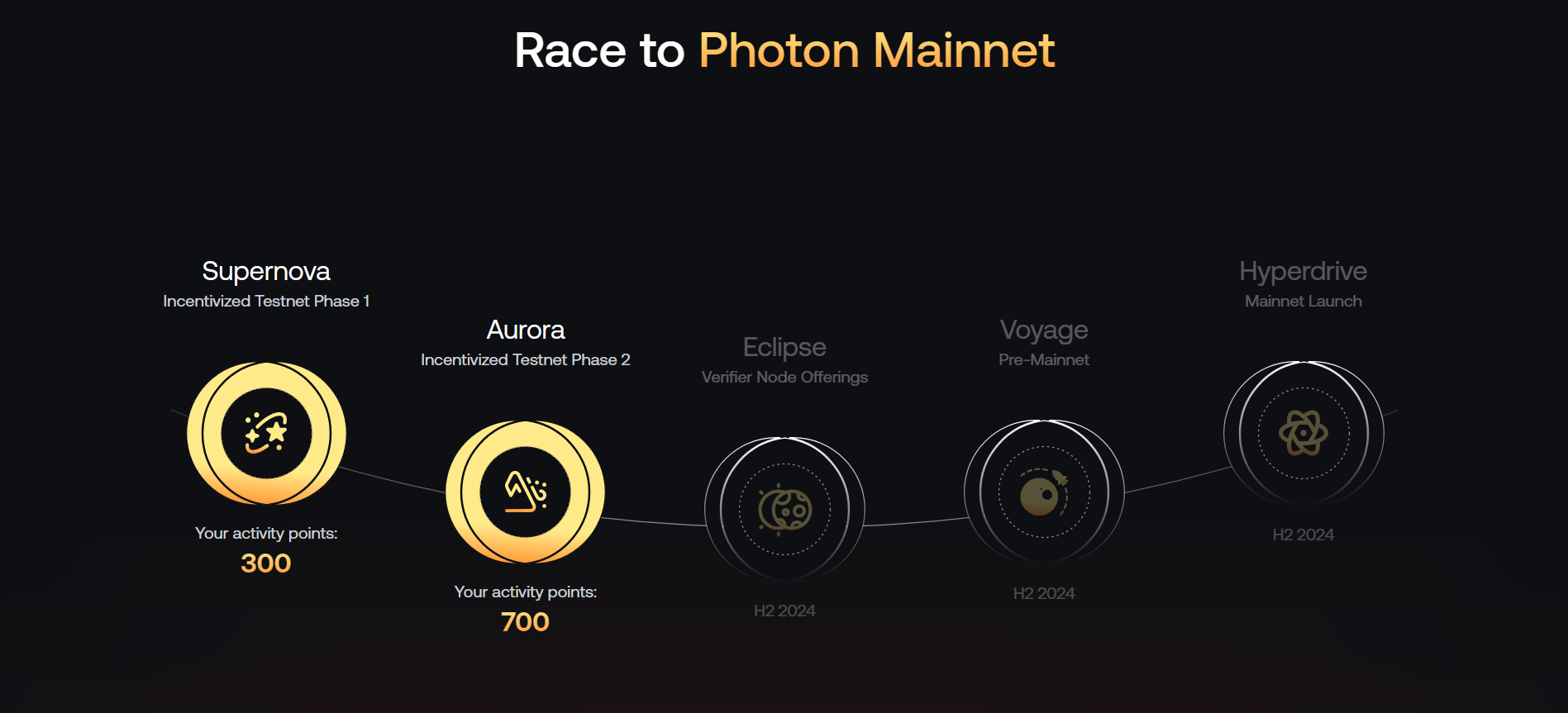If you have ever dipped even a toe in the swirling waters of cryptocurrencies, then you are likely to know it is not really for the faint of heart. Its high volatility makes an exciting ride with values, at times, going to the moon or falling to the ground overnight.
That is where stablecoins enter the game: giving some illusion of sanity and safety. Think of them as the steadying hands behind the sometimes-wild world of cryptocurrencies.
What are stablecoins?
In simple terms, stablecoins are simply digital representations of currency, structurally designed to keep a predetermined value attached to an asset. For example, most of the dollar-based stablecoins are pegged against 1:1 U.S. dollars. This is normally achieved through various methods such as holding reserves in conventional currencies, or by use of algorithmic formulas controlling the supply to keep stability.
Types of stablecoins
- Fiat-Backed Stablecoins: these are directly collateralized by traditional currencies such as the U.S. dollar held in a bank account. For every stablecoin, there is a real dollar sitting in a vault that backs the value of the stablecoin. Popular examples include Tether (USDT) and USD Coin (USDC).
- Commodity-Backed Stablecoins: These are stablecoins that are backed by physical, real assets – be it gold or real estate. By holding a gold-backed stablecoin, such as Paxos Gold (PAXG), one can effectively own gold itself, but in a much more fungible form like a cryptocurrency.
- Crypto-Backed Stablecoins: These rely on other cryptocurrencies as backing. A good example would be DAI, collateralized by over-collaterals in Ethereum; basically, users lock up their Ethereum in this scheme to mint DAI. Over-collateralization and smart contracts make DAI value-stable.
- Algorithmic Stablecoins: These stablecoins are not backed by collateral, but rather they use software algorithms to maintain the peg through supply control initiated by demand. This type of category can only be stable through software logic.
Why are stablecoins important?
Stablecoins are important because they provide the predictability that people need to go about their everyday financial transactions. For example, the payment of a mortgage in cryptocurrency would otherwise mean unpredictability in monthly payments because of the traditional cryptocurrency volatility. Stablecoin mitigates it by providing a predictable medium of exchange.
Besides, stablecoins open new perspectives for the use of cryptocurrencies in today’s financial markets, where all loans, insurances, and long-term contracts demand stable value. Secondly, they facilitate faster and cheaper international money transfers, avoiding high fees and slow processing times, which are common in traditional banking.
Conclusion
With cryptocurrencies coming ever closer to mainstream acceptance, stablecoins will be essential. They deliver on all the advantages of digital money: fast transfers, privacy, low fees – just without the wild fluctuations. Whether it’s for coffee or a dream house, spending cryptocurrencies with stablecoins could be as simple as swiping a credit card.
Do you want to get the latest information on crypto innovations and financially wise tips? Subscribe to the BlockMatra newsletter, and be sure to receive only valuable insights. No spam, just essential crypto knowledge, twice a week.








